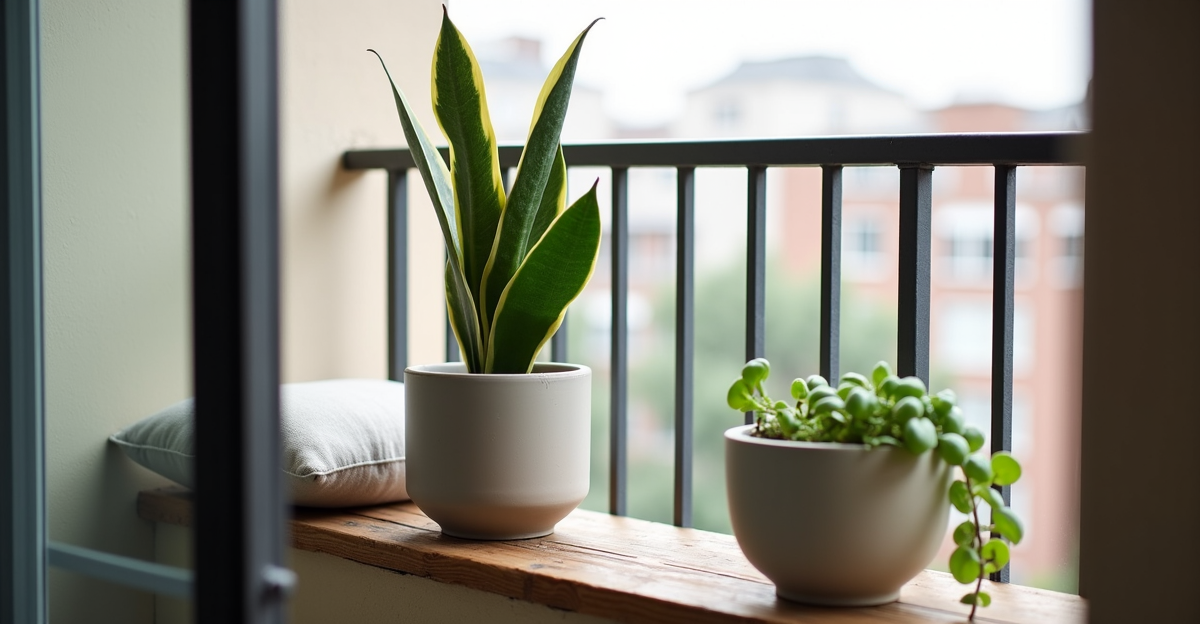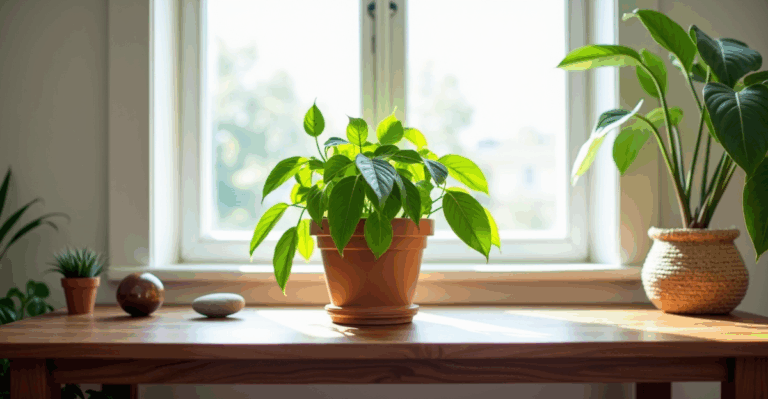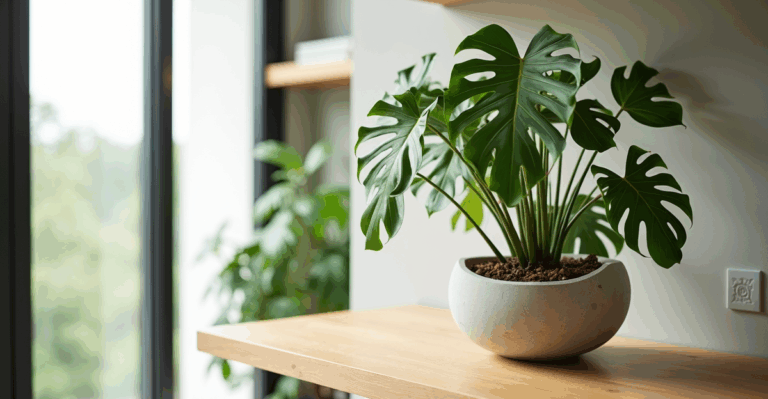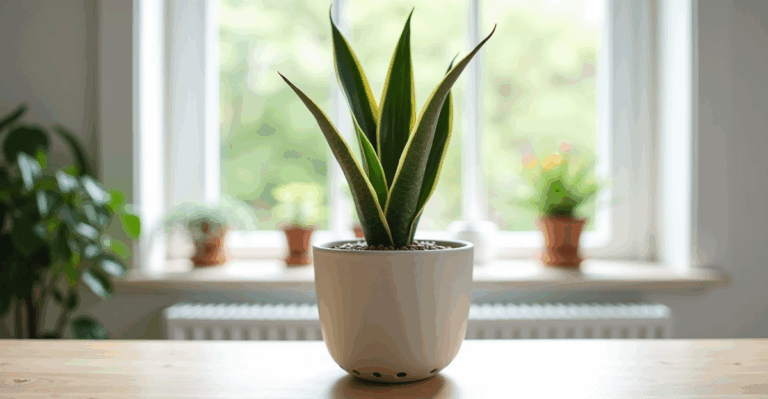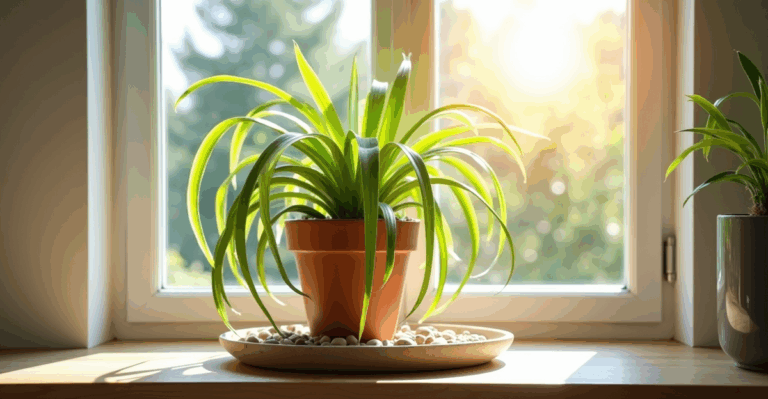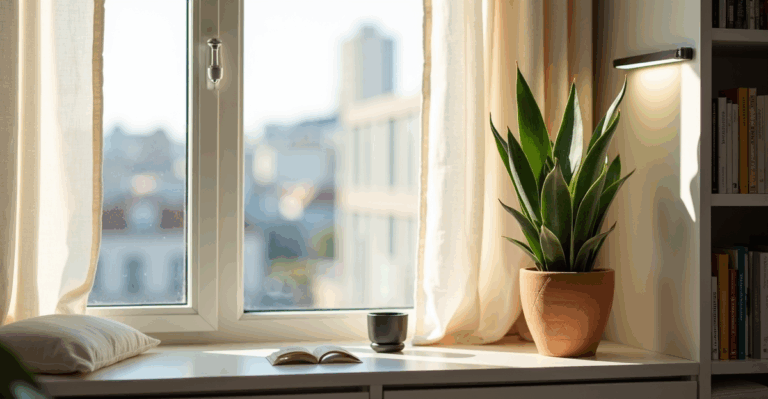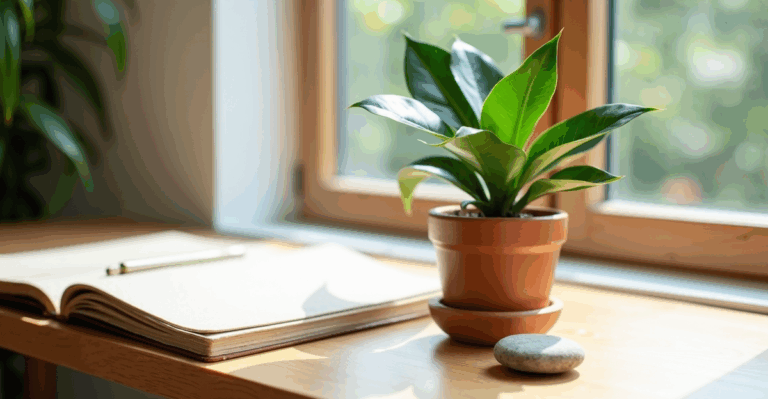Your Small Balcony’s Secret Weapon: Snake Plant Styling for Low-Light Spaces
You’ve finally cleared the clutter off your tiny balcony. The morning sun barely touches the railing, and the space feels perpetually shadowed. You’ve tried a few other plants—maybe a pothos, a ZZ—but they droop or develop yellow leaves. It feels like a lost cause. Then you remember: Snake plant. That tough, architectural green presence that thrives where others fail. It’s the perfect anchor for your low-light haven, not just surviving, but elevating the space with its sculptural form. And the best part? It’s forgiving enough for a beginner, yet stylish enough for a seasoned plant stylist. Let’s make your balcony feel intentional, not just functional.
Why Snake Plants Are Your Low-Light Balcony MVP
Snake plants (Sansevieria) aren’t just tolerant of low light—they genuinely prefer it. Unlike many houseplants that need bright, direct sun to thrive, snake plants evolved in the understory of African forests. They’re adapted to dappled, indirect light, making your often-shady balcony a natural fit. They’re also slow-growing, so they won’t outgrow your small space quickly. Their vertical, upright leaves add height and a modern touch, contrasting beautifully with softer, trailing plants or textured textures. Forget the myth that low light means no light—your balcony likely gets 50-100 foot-candles (enough for snake plants), while a south-facing window might get 1000+. The key isn’t avoiding light—it’s understanding what kind of light you actually have.
Low-Light Placement: Beyond Just “Shady”
Most people just put their snake plant in the corner of the balcony and call it a day. But placement matters more than you think. Avoid direct afternoon sun, even if it’s weak—it can still scorch leaves. Instead, position it where it catches the gentle, indirect glow from a window, even if it’s facing north or east (a north-facing window in the US gets consistent, low-intensity light all day; an east-facing one gets a few hours of soft morning sun). If your balcony is entirely enclosed (like under a roof), look for the spot with the least shadow—perhaps near a door or a gap where light filters through. A west-facing balcony can work in the morning, but avoid the harsh afternoon sun. The goal isn’t to maximize light, but to avoid the worst kind of light (direct, hot sun) while giving it what it needs (diffused, low intensity).
Watering Wisdom for Tight Spaces (Your Biggest Pitfall)
This is where most snake plant owners stumble. In low light, plants use less water, but people water more because they think, “It’s dry, I should water.” Watering is the silent killer here. Snake plants in low light need less water than those in bright light. The rule? Wait until the top 2–3 inches of soil feel dry to the touch before watering. If your pot is ceramic or terracotta (which dries slower), check every 7–10 days. In a plastic pot (which holds moisture longer), check every 10–14 days. When you do water, do it thoroughly until water drains out the bottom, then empty the saucer—standing water is a quick ticket to root rot. In winter, when light is weakest and plants are dormant, you might only need to water once a month. Pro tip: Use a moisture meter for peace of mind, or just stick your finger in. If it feels damp, wait. Overwatering in low light is a surefire way to lose your plant—snake plants don’t mind dryness, but they hate wet feet.
Styling It Right: Small Space, Big Impact
You’ve got a small balcony—maybe 3×6 feet. You don’t have room for a jungle. The magic is in layering and focusing. Start with your snake plant as the hero. Place it slightly off-center on a small shelf or stack of old books. Add a very small trailing plant (like a string of hearts or a baby tears) in a tiny hanging pot on the railing next to it—this creates visual movement without crowding. Avoid huge, bulky pots; snake plants look best in clean, simple containers that let their shape shine. If you have a railing, a few hanging pots (in light, airy materials like woven rattan) can add depth. Crucially: Keep the surface clean. A small tray under the plant (like a ceramic or resin saucer) catches spills and makes the space feel intentional. Avoid covering the balcony floor with rugs or clutter—it’s already small, and plants need air circulation.
The Real Talk: Edge Cases & Trade-offs
This isn’t perfect for every balcony. If your space gets no natural light (e.g., a deep courtyard with no windows), snake plants will struggle. You’d need a grow light (like a simple LED panel on a timer), but that’s a whole other project. Also, snake plants do need some light—never put one in a completely dark corner or under heavy foliage. If you have a very humid balcony (like near a pool), watch for leaf spots—snake plants prefer drier air. And if you’re using LECA (clay pebbles) or PON (hydroponic), remember: LECA holds less moisture than soil, so you might water slightly more often in low light. But it’s a great way to avoid overwatering—just flush the system monthly to prevent mineral buildup from tap water. Trade-off: LECA is great for consistency, but it’s less traditional and might feel a bit sterile for your balcony vibe. Stick with soil for a warmer, more natural look.
Your Balcony Styling Checklist (Simple, No Fluff)
- Light Check: Is it diffused, not direct? (Check at 10 AM on a cloudy day—if it’s dark, it’s too low; if it’s bright, it’s too much).
- Water Test: Stick your finger in—it should feel dry 2–3 inches down before you water.
- Pot Choice: Avoid deep, wide pots; snake plants prefer snug, stable containers (like a 6-inch ceramic pot).
- Surface: Keep it clear. Use a simple tray or riser to elevate the plant and protect your balcony floor.
- Companions: Add one small, trailing plant in a separate pot for contrast—nothing heavy or large.
The Real Secret: It’s About What You Don’t Do
Styling a small balcony isn’t about adding more plants—it’s about curating what you have. A single, healthy snake plant in a well-chosen pot looks infinitely more intentional than three struggling plants in mismatched pots. Don’t feel pressured to fill every inch. Let the snake plant’s clean lines and bold shape be the focus. Add texture with a woven basket or a single stone, but keep it minimal. The space should feel calm, not cluttered. And remember: your snake plant will thrive because it’s in a space that respects its needs—not because you’ve squeezed in extra plants.
Key Takeaways
- Snake plants thrive in low, diffused light (like north-facing or east-facing balconies)—not direct sun.
- Water only when the top 2–3 inches of soil are dry; overwatering is the #1 mistake.
- Use simple, stable pots (not oversized) and keep the surface clean for a polished look.
When you’re ready to grow your setup, explore our 3D-printed planters.

